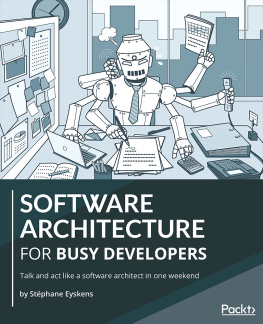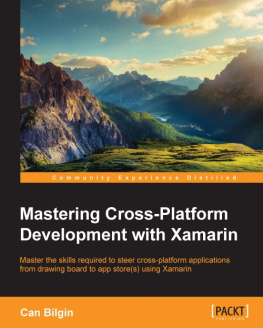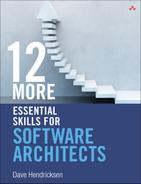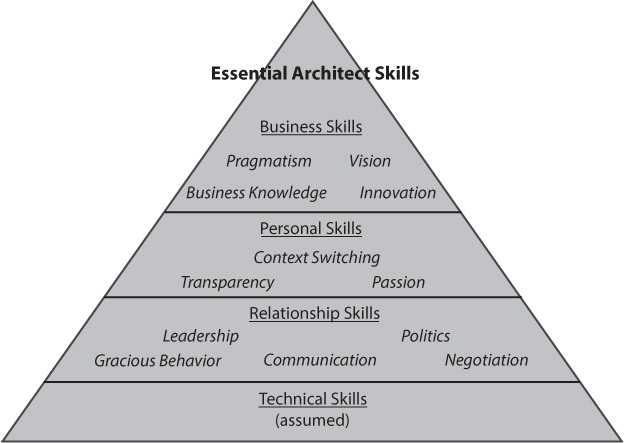About This eBook
ePUB is an open, industry-standard format for eBooks. However, support of ePUB and its many features varies across reading devices and applications. Use your device or app settings to customize the presentation to your liking. Settings that you can customize often include font, font size, single or double column, landscape or portrait mode, and figures that you can click or tap to enlarge. For additional information about the settings and features on your reading device or app, visit the device manufacturers Web site.
Many titles include programming code or configuration examples. To optimize the presentation of these elements, view the eBook in single-column, landscape mode and adjust the font size to the smallest setting. In addition to presenting code and configurations in the reflowable text format, we have included images of the code that mimic the presentation found in the print book; therefore, where the reflowable format may compromise the presentation of the code listing, you will see a Click here to view code image link. Click the link to view the print-fidelity code image. To return to the previous page viewed, click the Back button on your device or app.
12 More Essential Skills for Software Architects
Dave Hendricksen

Upper Saddle River, NJ Boston Indianapolis San Francisco
New York Toronto Montreal London Munich Paris Madrid
Capetown Sydney Tokyo Singapore Mexico City
Many of the designations used by manufacturers and sellers to distinguish their products are claimed as trademarks. Where those designations appear in this book, and the publisher was aware of a trademark claim, the designations have been printed with initial capital letters or in all capitals.
The author and publisher have taken care in the preparation of this book, but make no expressed or implied warranty of any kind and assume no responsibility for errors or omissions. No liability is assumed for incidental or consequential damages in connection with or arising out of the use of the information or programs contained herein.
For information about buying this title in bulk quantities, or for special sales opportunities (which may include electronic versions; custom cover designs; and content particular to your business, training goals, marketing focus, or branding interests), please contact our corporate sales department at or (800) 382-3419.
For government sales inquiries, please contact .
For questions about sales outside the United States, please contact .
Visit us on the Web: informit.com/aw
Library of Congress Cataloging-in-Publication Data
Hendricksen, Dave, 1964 author.
12 more essential skills for software architects / Dave Hendricksen.
pages cm
Includes bibliographical references and index.
ISBN 978-0-321-90947-3 (pbk. : alk. paper)
1. Software architectureVocational guidance. 2. Computer software developersLife skills guides. 3. Career development. I. Title. II. Title: Twelve more essential skills for software architects.
QA76.76.D47H466 2015
005.1'20023dc23
2014021582
Copyright 2015 Pearson Education, Inc.
All rights reserved. Printed in the United States of America. This publication is protected by copyright, and permission must be obtained from the publisher prior to any prohibited reproduction, storage in a retrieval system, or transmission in any form or by any means, electronic, mechanical, photocopying, recording, or likewise. To obtain permission to use material from this work, please submit a written request to Pearson Education, Inc., Permissions Department, One Lake Street, Upper Saddle River, New Jersey 07458, or you may fax your request to (201) 236-3290.
ISBN-13: 978-0-321-90947-3
ISBN-10: 0-321-90947-X
Text printed in the United States on recycled paper at RR Donnelley in Crawfordsville, Indiana.
First printing, August 2014
To my wife, Jennifer, my son, Tim, and my daughter, Katie.
Preface
Architecture is not a profession for the faint-hearted, the weak-willed, or the short-lived.
Martin Filler
Architecture and building is about how you get around the obstacles that are presented to you. That sometimes determines how successful youll be: How good are you at going around obstacles?
Jeremy Renner
Architecture is a service business. An architect is given a program, budget, place, and schedule. Sometimes the end product rises to artor at least people call it that.
Frank Gehry
Architecture is invention.
Oscar Niemeyer
I loved logic, math, computer programming. I loved systems and logic approaches. And so I just figured architecture is this perfect combination.
Maya Lin
I think about architecture all the time. Thats the problem. But Ive always been like that. I dream it sometimes.
Zaha Hadid
The Internet is probably the most important technological advancement of my lifetime. Its strength lies in its open architecture and its ability to allow a framework where all voices can be heard.
Adam Savage
Book Motivation
This book and my first book (12 Essential Skills for Software Architects) focus on the skills needed to become a successful software architect.
Software architecture is about learning how to relate to people and learning how to think about things with an eye toward architecture. 12 Essential Skills for Software Architects focused on soft skills; without these, the rest of the journey is nearly impossible.
Shortly after I completed my first book, I began receiving questions about the assumed technical skills (shown in ) that are referred to but not discussed.
Figure P.1 Twelve essential skills for software architects
This book dives into the details of those assumed skillsthe technical skills you need on a daily basis in the role of an architect. It is the combination of soft and technical skills that will enable you reach your goals.
Book Goals
My goals for this book are to
 Enable excellence in software architecture through skills development
Enable excellence in software architecture through skills development
 Enable architectural success in a business context
Enable architectural success in a business context
 Promote an architectural approach for thinking about the enterprise
Promote an architectural approach for thinking about the enterprise
Book Organization
The format and style of this book are intended to help evoke critical thinking about your specific set of projects, your areas of architectural oversight, and your areas of direction-setting leadership. These take the form of project skills, technology skills, and vision skills.
These three areas are organized as follows:
 . These skills enable you to drive projects from early ideation to project delivery through
. These skills enable you to drive projects from early ideation to project delivery through
 Partnership ()
Partnership ()
 Discovery ()
Discovery ()











 Enable excellence in software architecture through skills development
Enable excellence in software architecture through skills development Partnership ()
Partnership ()